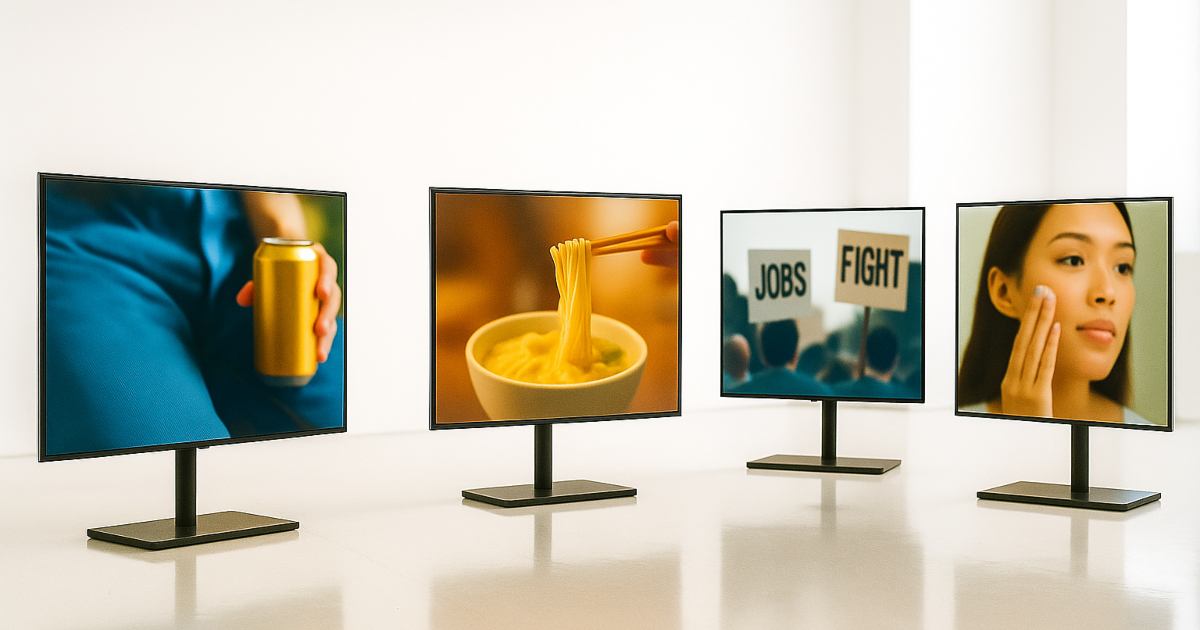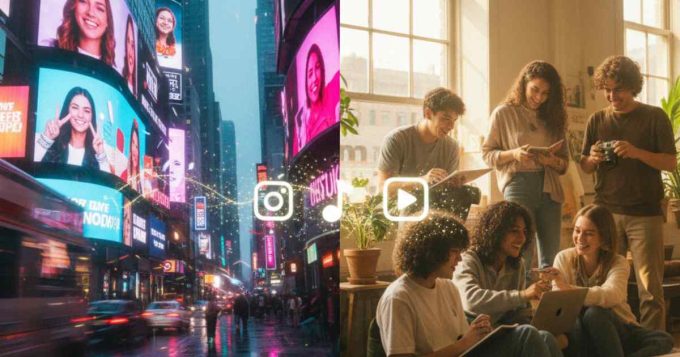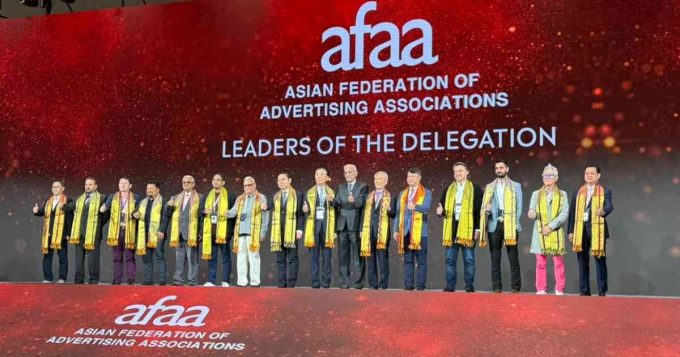Like all things in life, even marketing does not come without risks. A strong brand strategy can amplify brand visibility, but a bold move risks being misinterpreted, decontextualised, or distorting the ad’s original intent. Turning into a PR disaster that no brand wants on its hands.
In the past, some advertisements have slipped into sexism, colourism, racism, and other forms of bias. This has led people to question the intent behind the messages. What may have seemed harmless in the boardroom often had a different impact on audiences. Here are some ads that were eventually pulled for echoing a discriminatory tone.
Dove’s Sudsy Slip-Up
Sometimes all it takes is a three-second GIF to crumble down an empire of self-care brand. Dove followed the “less is more” marketing strategy by posting a 3-second GIF on October 17. The GIF showed a black woman transforming into a white one after changing her shirt.
Well, the audience perceived it more than the ad intended. The GIF has some racist undertones, with the shift from a Black woman to a white woman read as the product’s “effect.” It spread quickly on Twitter and Instagram. This sparked backlash for seeming to promote white beauty. Dove pulled the post and apologised, saying,
“It missed the mark.”
Dove’s original intent was to celebrate diversity. But the ad was taken out of context and read instead as promoting a product that fuels racism. But honestly, can you blame the viewers? We have witnessed decades of racially coded marketing that makes this interpretation hard to ignore.
World Peace: Brought to You by Pepsi
Was Pepsi using protest aesthetics to sell its product, or was it simply tone-deaf enough to reduce a heavy situation into something light-hearted? Released in April 2017, the ad featured Kendall Jenner leaving a fashion shoot to join a protest. The protest itself was little more than a backdrop, generic placards reading “Join the Conversation” with no clear message. By presenting activism without a cause. Pepsi tried to globalise protest as a cheerful backdrop of unity, but in doing so stripped away the seriousness of real-world struggles.
The protest was nothing more than a backdrop, models with placards that read “Join the Conversation,” but offered zero context. It wasn’t activism, it was just aesthetics. By turning protest into a glossy backdrop of unity. Pepsi drained it of any real meaning and flattened the weight of actual struggles into a feel-good montage.
In the ad’s climax, Jenner hands a can of Pepsi to a police officer, magically easing the tension. The attempt came across as tone-deaf, trivialising the real struggles behind such demonstrations and reducing systemic issues to a soft-drink moment.
Even Bernice King, daughter of Martin Luther King Jr., mocked the campaign, tweeting:
“If only daddy knew the power of #Pepsi.”
Unsurprisingly, the ad was oblivious to the seriousness of such issues; the moment Jenner hands Pepsi to the police officer was widely mocked as implying that deep issues like police brutality or racial injustice can be solved with a can of soda.
DNA-n’t Do This, American Eagle
A pun meant to be light-hearted can just as easily spark backlash. American Eagle’s campaign, “Sydney Sweeney Has Great Jeans,” featured the actress in a series of denim looks. The controversy came from the wordplay on genes and jeans. In the ad, Sweeney says things like, “Genes are passed down from parents… sometimes determining hair colour,” before the scene cuts to jeans.
Having a blue-eyed, blonde, white model deliver those lines shifted the focus from denim to ideals tied to Western beauty standards. The phrase “good genes” also carries unsettling echoes of ideologies around genetic superiority.
In a world already hypercritical of narrow beauty norms, it’s no surprise that the ad was read as reinforcing exclusion rather than celebrating individuality, as linking “genes” to physical traits rather than what American Eagle actually wanted to present.
Dolce & Gabbana’s Chopsticks Came With a Side of Cringe
In November 2018, Dolce & Gabbana launched a promotional campaign for their Shanghai fashion show that swiftly turned into a global controversy. Titled Eating with Chopsticks, the videos featured a Chinese model attempting to eat Italian foods such as pizza, cannoli, and spaghetti with chopsticks.
A male voiceover in Mandarin mocked her throughout. Asking condescending questions like “Is it too big for you?” while instructing her on how to use the chopsticks. To make matters worse, the video opened with the voiceover mimicking a Chinese accent when pronouncing “Dolce & Gabbana.”
The response was immediate and furious, and rightfully so. Reducing a culture as rich and nuanced as China’s to a prop centred around chopsticks is not just lazy, it is insulting. And the brand’s response didn’t exactly help: first, they tried to pass it off as a “hacked account” scandal when screenshots of Stefano Gabbana’s racist DMs surfaced, and only after the boycott calls snowballed did they release a stilted video apology.
By then, the damage was done. Instead of celebrating individuality or engaging with their audience meaningfully, the campaign leaned on outdated stereotypes and cheap caricatures. If brands like Dolce & Gabbana want to succeed in today’s social and political climate. They will need to move beyond shallow portrayals and start treating cultural representation with the respect it deserves.
Stay Human, Not Just a Brand
If these controversies prove anything, it’s how delicate the balance between creativity and sensitivity really is. Bold marketing may grab attention, but when brands forget that people don’t just buy products. They buy the values behind them. The fallout can be brutal. Crossing the line isn’t just risky, it’s dismissive of the emotions and perspectives of the very audience they’re trying to reach.
These ads make one thing clear: advertising is never neutral. It reflects culture, power, and ideology. Whether it was Dove missing the mark. Pepsi trivialising protests, or Dolce & Gabbana leaning on tired stereotypes, audiences wasted no time in calling them out. Or boycotting them altogether.
The real challenge for advertisers is not just crafting a clever campaign, but doing it with awareness, inclusivity, and responsibility. Shock value might trend for a moment, but brands are built on respect and trust. And that lasts far longer than a viral backlash.









